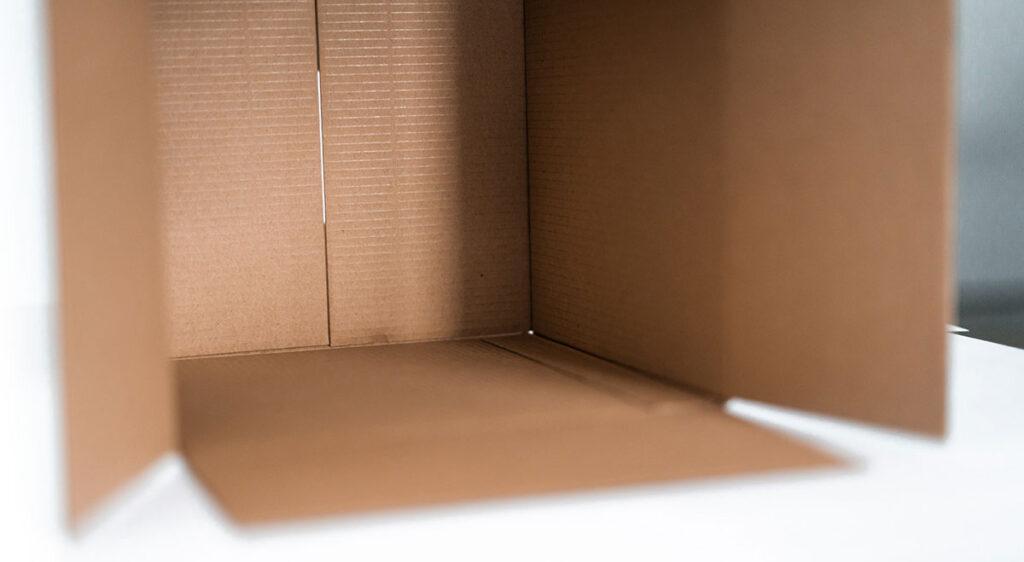A Comprehensive Guide To How Hot-Melt Adhesives Work
Manufacturers in several different industries have benefited from using hot-melt adhesives in the years since their development.
Primarily, these manufacturers point to several qualities that contribute to hot-melt adhesives becoming a packaging and bookbinding favorite for their respective sectors, including:
- Versatility of use
- Strength and durability
- Water and moisture resistance
- Efficiency in application
- Speed of setting, and
- Low cost compared to other adhesives
As a result, it’s no surprise the hot-melt adhesives market has been projected to rise to an estimated 9.64 billion USD by the end of 2020.
What, exactly, are hot-melt adhesives? How do hot-melt adhesives work? How can you use hot-melt adhesives in your industry? In this guide, we’ll answer all these questions and more.
What Are Hot-Melt Adhesives?
Hot-melt adhesives are 100% thermoplastic polymer adhesives that are solid at room temperature. When heated above their softening point—a relatively low temperature compared to many packaging components—hot-melt adhesives liquefy, allowing for their application to several packaging and other applications. It is in this liquid state that the hot-melt adhesive activates, allowing the surfaces in question to bind together.
They can exist in many forms in their solid-state, including pellets, beads, chips, blocks, pillows, and glue sticks. After heating, depending on the application, the hot melt can be sprayed, extruded from a nozzle, or rolled onto surfaces. However, no matter the solid-state or method of application, these adhesives are generally made the same way.
How Are Hot-Melt Adhesives Made?
As mentioned, hot-melt adhesives are thermoplastic polymers. The term thermoplastic denotes that adhesives become plastic, or malleable, upon heating and harden upon cooling; meanwhile, the term polymer indicates that adhesives are made up of a large number of components bonded together. Hot-melt adhesives contain no water or other liquids.
Three major components:
- Polymers give the adhesive its main properties, flexibility and strength. The polymers make the hot-melt adhesive durable and capable of maintaining a bond.
- Resins make the adhesive feel “wet” and provide the primary bond between the two surfaces.
- Plasticizers alter the viscosity (thickness and fluidity) of the adhesive and ease application.
Also, hot-melt adhesives can include waxes to control set speed, viscosity, and flexibility as well as antioxidants to prevent degradation and biocides to prevent bacterial growth. Once all the vital components are in place, the hot-melt adhesive hardens into its final form for delivery, ready for use in several industries. Common types of hot-melt adhesives are:
- Metallocene
- EVA hot-melt
- Polyethylene
- Polyurethane
How Are Adhesives Applied?
Hot-melt adhesives are heated to become liquid. The liquid is applied to the initial surface by extruding, spraying, or rolling the prescribed application amount and then exposing it to a short “open time” to reach the optimal temperature and “wetness” for binding to the initial surface. After the prescribed open time, the two surfaces are put into contact with one another. At this point, the adhesive infiltrates the second surface and cools, returning to a stable, solid-state and bonding the two together. In some cases, compression may be necessary to promote optimal bonding.
Maintaining a proper application temperature and open time are especially crucial for a firm hot-melt adhesion. Ideal temperature guidelines for some common industry uses are:
- Packaging — for this primarily cardboard and organic substrate market, hot-melt case seal should reach 350 degrees Fahrenheit, include a 3- to 4-second open time to reach ideal bonding temperature, and remain effective at temperatures in a wide range of cold and hot conditions.
- Pressure-sensitive and liquid labeling— after application to the label in question, optimal label adhesion takes place at 40 to 50 degrees Fahrenheit, including a 24- to 48-hour ideal dwell time before consumer handling.
- Graphic arts — typically, graphic arts adhesives are applied at 350 degrees Fahrenheit, have variable open times, and remain effective between 20 and 120 degrees Fahrenheit.
Substrates Suitability
Due to its ease of application, flexibility, and relatively low melting temperature compared to other types of adhesive, hot-melt adhesives are ideal for several different materials or substrates. Most are safe to use on substrates such as:
- Paper
- Corrugated cardboards
- Wood
- Fabrics
- Plastics
- Metal
- Glass
However, while the adhesive material is safe for those substrates, it is essential to select the right heating unit and a glue gun to apply it at a temperature that is safe, as well. Numerous low-temperature glue guns can apply hot-melt adhesive to more delicate materials, while more durable substrates can withstand hot-melt temperatures of up to 400 degrees.
Industry Applications
The types of hot-melt adhesives, pressure-sensitive labeling, and other hot-melt formulations are numerous—and the potential applications for their use are just as diverse. With the above properties and temperature ranges in mind, these are some of the major industries that benefit from the use of hot-melt adhesives today are:
- Automotive industry—hot-melt is used to assemble both trim and automotive seating and accessories.
- Food and beverage industry—due to its ability to withstand temperature and moisture extremes, hot-melt adhesives and pressure-sensitive labels like Technomelt Supra 106M and Technomelt EM 377are ideal for applications within the food and beverage industry.
- Woodworking and furniture—manufacturers utilize hot-melt adhesive in paneling, cabinetry, and furniture assembly applications.
- Bookbinding—major book manufacturers and independent bookbinders utilize hot-melt adhesives, including Technomelt 416C and Technomelt PUR 3365, to bind the final product.
- Packaging—regardless of industry, hot-melt adhesives like Technomelt 250A are ideal for use to seal corrugated boxes and cartons, to seal wrapping, to stabilize pallets, and more.
Ready to Get Started?
APPLIED Adhesives offers a comprehensive selection of hot-melt adhesives, including hot-melt case seal, pressure-sensitive labels, bookbinding, and graphic arts adhesives, and more—as well as replacement parts, heating units, guns, nozzles, and other accessories. For more information about how hot-melt adhesives can transform your packaging department, contact us online or call (800) 274-9801 today.

